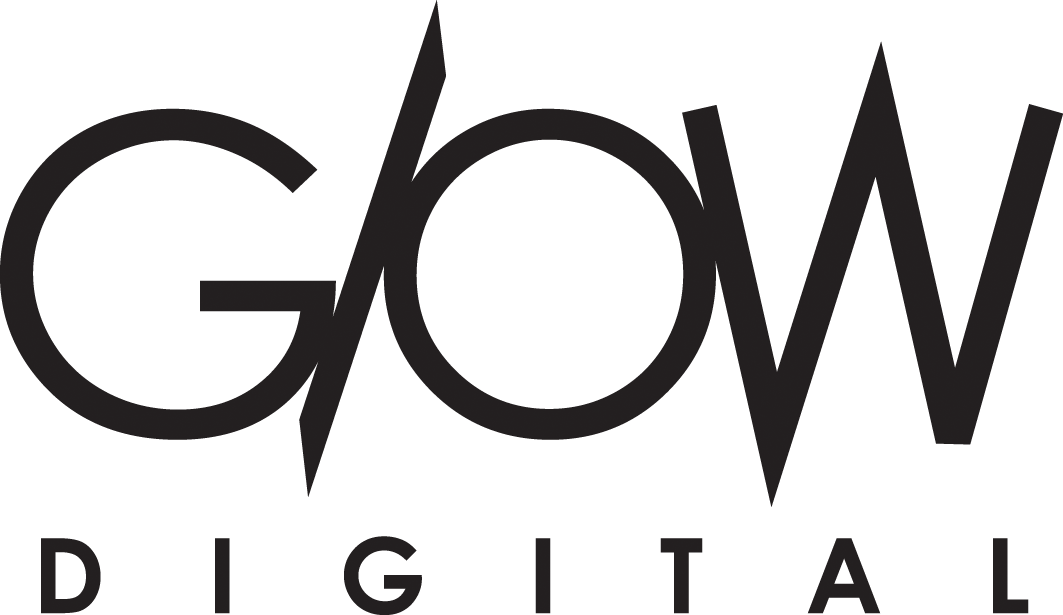6 Web Design Elements That have an Effect on Your SEO
Search engine optimization (SEO) is one of the most critical aspects of any business nowadays. In short, it’s a practice that aims to increase the ranking of your site on search engines such as Google and Bing. This can help to improve brand exposure, conversion, and market authority, giving your company an edge over its competitors.
Since SEO is all about promoting a website’s ranking, it should go without saying that web design will have an effect on how the site is ranked. When you’re looking to design an SEO-friendly website, you have to remember that you’re looking to appeal to both the audience and Google’s algorithm. This means that you have to cater to both the human viewers and the AI, so you need to learn what elements will affect both of these aspects. With that said, here’s our guide to creating an SEO-friendly website
There are 6 elements that will have a profound effect on the rankings of your site. We will go into detail about each of these elements down below:
1. On-page SEO
On-page optimization is a part of SEO that focuses on adjusting the on-site elements such as the back-end coding, keyword density, URL, and other factors that are relevant to your ranking scores. You need to make sure that these elements are optimized to ensure that the Google algorithm has to spend the least time possible crawling through your site. There are many free tools you can use to check your crawl statuses, such as Google Analytics and SEO Spier. If you use WordPress, you can even check it right on the platform by going to the “Health” tab then choosing “Crawl Stats” to see the potential SEO issues with your site.
2. Content Strategy
This is a less technical part of SEO work, as it’s all about the content and keyword management. The body of your content should consist of well-written, structured, and relevant information concerning the target keywords. For example, if you’re looking to rank on keywords such as “herbal medicines,” your content should revolve around those keywords. Additionally, you should focus on long-tailed keywords to minimize the competition and to ensure that you’re narrowing down the scope of the audience. This will help to increase the conversion rates and help to ensure that you rank higher on the most relevant keywords, as you won’t have to compete against big names that dominate the general markets.
Make sure you include the keywords in the most logical locations to avoid it being flagged for keyword stuffing, as that can lead to your site being penalized by Google.
3. Image Optimization
Unoptimized images take a long time to load, so it’s imperative that you compress the files down in order to improve your site loading speed. Additionally, you should add descriptions to the photo and change the file name to be more comprehensible. For instance, instead of “image_3.jpg,” try “running man on a trail.” This will help the algorithm to understand what it’s looking at, as AI doesn’t perceive photos in the same way that humans do. You need to make sure that your website supports the crawling mechanism so that it has an easier time ranking your site.
4. Page Title
This is by far the most important element when it comes to the non-technical side of SEO. You need to make sure that the title is concise and to the point, as that will help the audience know what to expect from the content page. An overly long title will be shortened, which will affect the traffic from the link and reduce the overall ranking of the site as a whole.
5. Meta Descriptions
The meta description is the text under the title and URL on SERPs. It’s a short excerpt from the content that tells the audience what’s inside the content page. You need to include the keyword in the meta description and keep it under 156 characters.
6. Off-page SEO
Off-page SEO is anything SEO-related that you can do outside of the page. Link building is a crucial element of your SEO campaign, as it helps to improve your site’s authority which in turn will help your site rank higher in search engine results. And let’s not forget about social media campaigns. While social links may not pass “link juice” directly, they can really help drive traffic and boost the credibility of your site.
Rank your pages faster with SEO Copilot.





